April is Sikh Heritage Month, a celebration of Sikh culture, their century plus history in BC, their resilience and contributions to our communities. Today, nearly 300,000 Sikhs call British Columbia home, making it one of the largest Sikh populations outside of Punjab, India. According to the 2021 Census, 2405 of them live in Prince George, making up 3% of the population in 2021.
Guru Gobind Singh Temple, Prince George
Sikhs form Prince George’s largest "visible minority" (non-Indigenous people who are not Caucasian in race nor not white in colour) - a category used by Statistics Canada. This was a new term to me, I don’t think we acknowledged “visible minorities” when I left Canada in 1973…. At first I was a bit offended by the term but then I realized that I myself was a highly “visible minority” for fifty year, living in Asian countries where I was clearly Caucasian in race and white in colour!
Reading about Sikh Heritage Month made me feel strangely nostalgic, not for Sikhs themselves but for the heritage they left behind in Pakistan after Partition. In 1947 Britain granted independence to India and Pakistan, drawing an arbitrary border through Punjab - one side to be Muslim and the other to be Hindu and Sikh. Over two million Sikhs left newly formed Pakistani Punjab for India while millions of Muslims fled in the opposite direction, in a period of intense violence which has scarred India-Pakistan relations ever since.
The Sikhs abandoned not only their farmlands, estates and city dwellings and businesses, but also some of their most sacred and historic places. It was not an orderly transfer of populations on either side - I have spoken with Muslim residents of Rawalpindi who moved into Sikh houses where food was still in the cupboards and sewing left unfinished on the table.
Most painfully, Sikhs were cut off from Nankana Sahib, the birthplace of their spiritual founder, Guru Nanak in 1497. I have been fortunate, in contrast, to have visited this exquisite place twice. Like all Sikh religious places in Pakistan, the Gurudwara Nankana Sahib is administered by the Pakistan Sikh Gurdwara Parbandhak Committee. Since 2019, annual pilgrimages have been arranged for Sikhs to travel visa free from India to celebrate the birthday of the Guru. In fact there is a series of pilgrimages to Sikh holy places - including Gurdwara Sri Darbar Sahib at Kartarpur where a 5 km. road corridor was created to give access to the Guru’s death place, visible since 1947 across the border but unreachable.
The Gurdwarda Sri Nankana Sahib
The Punjab countryside is scattered with Sikh shrines and temples, but the historic towns and cities, places such as Lahore, Rawalpindi and Hasan Abdal are full of Sikh properties - townhouses, commercial buildings, bazaars.
In Lahore I lived surrounded by Sikh vestiges in the urban landscape, but it was on a project in Rawalpindi that I really learned about the important role they played in the 18th through 20th centuries as traders and businessmen. I worked on a project to study and plan for a majestic Sikh haveli (mansion) in the historic centre of Rawalpindi. Sujan Singh Haveli — the former home of this Sikh lumber trader.
Haveli of Sujan Singh, Rawalpindi Project pamphlet
It was a fascinating but haunting experience; surrounded by Sikh houses and temples but without the Sikhs themselves.
It has really only been since moving to Prince George that I have finally found Sikhs. Sharing this city, working and interacting with me daily, and ensuring access to a high standard of Punjabi restaurant cuisine!
The theme for this year’s BC Sikh Heritage Month is "Chardi Kala" — meaning a state of high spirits, optimism and resilience.
The concept of Chardi Kala is deeply rooted in Sikh teachings and is often invoked in daily prayers, hymns, and discussions within the Sikh community. It reflects the resilience and unwavering spirit that Sikhs aspire to cultivate as they navigate life's journey. Maintaining Chardi Kala is considered a virtue and an integral part of the Sikh way of life. As we honor Sikh Heritage Month BC, embracing Chardi Kala shapes a path where adversity becomes a catalyst for growth, inspiring us to choose hope and resilience on our journey.
Could there be a better precept for getting through these challenging times? I personally plan to strive to adopt Chardi Kale and to say bohot thanvaad to the Sikh community for the century of contributing to the culture and heritage of Prince George and the North.

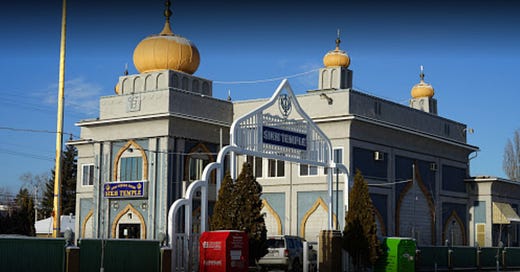



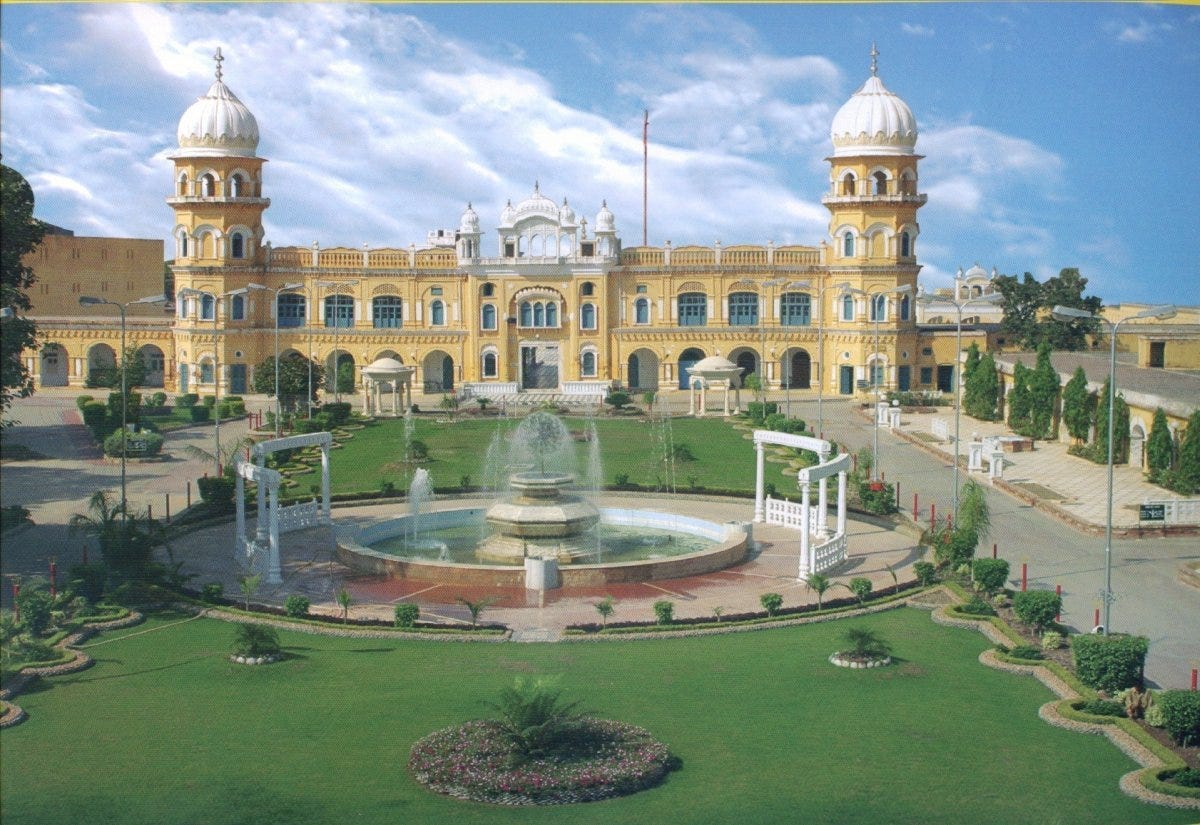
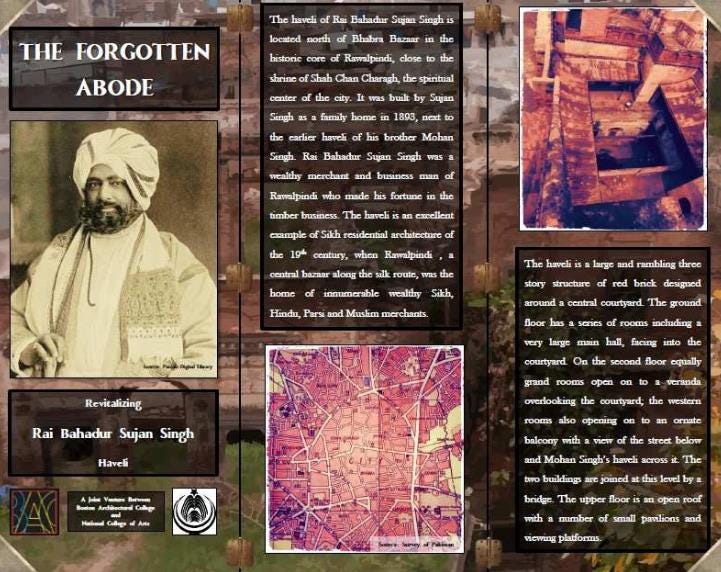
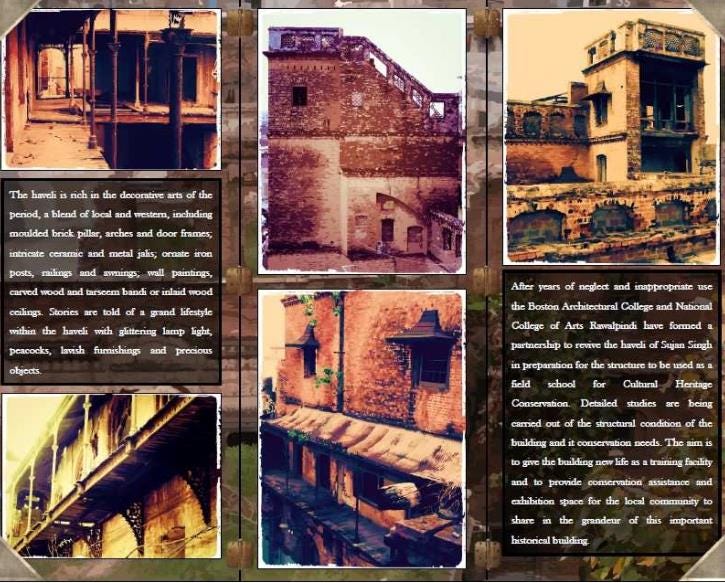
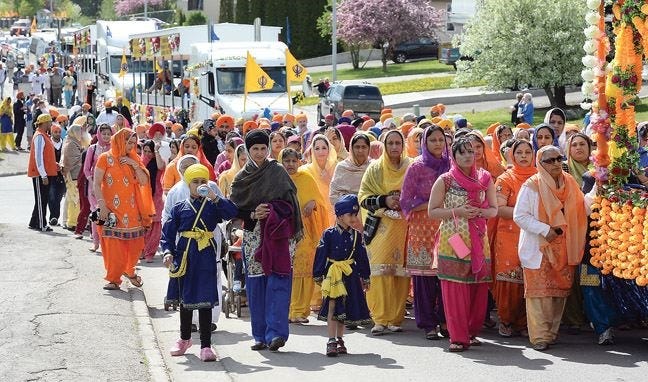
Mountbatten has a lot to answer for! Fascinating article.